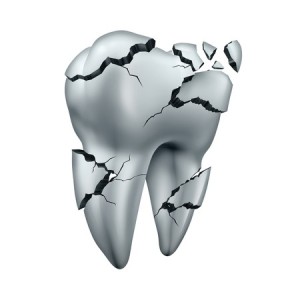Three Common Root Canal Questions
 If you listen carefully, you will notice that root canals are often mentioned in analogies to make some type of statement or comparison. A family magazine recently stated that the words “Parenting” and “Perfect” go together about as well as “Root Canal” and “Sexy.” Esteemed actor Tom Hanks even compared the 2016 election season itself to a root canal: “It’s like if you have a horrible, painful tooth, and you need a root canal. Who are you going to see? A guy who says, ‘Oh, I think I can figure that out, lay down.’ Or are you going to see somebody who’s done 6,000 of them?”
If you listen carefully, you will notice that root canals are often mentioned in analogies to make some type of statement or comparison. A family magazine recently stated that the words “Parenting” and “Perfect” go together about as well as “Root Canal” and “Sexy.” Esteemed actor Tom Hanks even compared the 2016 election season itself to a root canal: “It’s like if you have a horrible, painful tooth, and you need a root canal. Who are you going to see? A guy who says, ‘Oh, I think I can figure that out, lay down.’ Or are you going to see somebody who’s done 6,000 of them?”
According to these cultural references, a root canal sounds like an ugly, undesirable thing, but that’s an unfair portrayal of a truly critical oral health procedure. Here are three of the most common questions asked about root canals to help you understand the true nature of the treatment.
Why Do People Get Root Canals?
Inside the tooth, under the white enamel and hard dentin is a hollow space called the pulp chamber. The pulp chamber is filled with the living tissue called pulp that keeps each tooth alive. This pulp contains blood vessels, nerves, and connective tissue, so it’s nothing short of essential. Unfortunately, traumatic damage and/or deep tooth decay will cause the pulp to become inflamed or infected. Since this inflammation has nowhere to go, it places immense pressure on the tooth that leads to significant pain and long term damage. If it’s not treated, the pulp will eventually die and spread infection through the mouth and body.
A root canal is a procedure that aims to save a tooth in this condition before the pulp dies and causes more damage. The infected tissue is removed and the hollow pulp chamber is cleaned and filled with a permanent material known as gutta-percha that is meant to keep the canal free of infection in the future. With the right care, a root canal will save the tooth from dying.
Does It Hurt?
On the contrary; a root canal will actually relieve your pain, not cause it! It’s true that older root canal treatments did cause pain because the tools being used were basic and unsophisticated, but today’s endodontists use advanced instruments and scientifically studied procedures that solve your problem without inflicting pain.
How Does A Root Canal Work?
An endodontist will numb your tooth, make an opening through the crown, and remove all infected pulp tissue. The hollow canal will then be cleaned and filled with gutta-percha, then sealed and crowned to look natural. That’s all!





